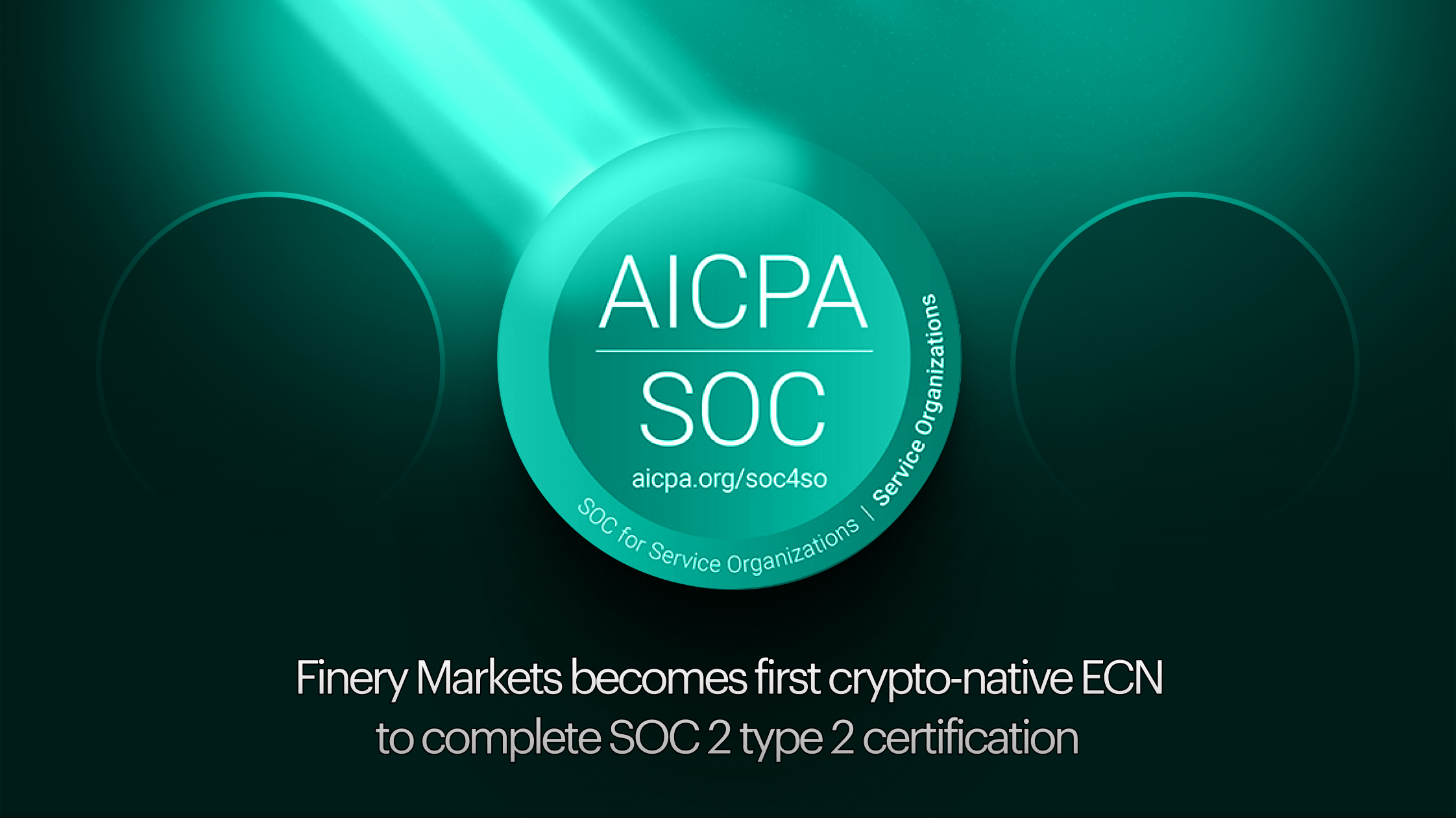This week, crypto markets faced their sharpest correction in history as macro headwinds triggered a record-breaking $19 billion in liquidations. The selloff tested exchange resilience and revived questions about systemic leverage in digital assets. Meanwhile, leading global banks confirmed plans to explore a G7-backed digital money initiative, Citi doubled down on stablecoin infrastructure, and the UK regulator opened crypto ETNs to retail investors for the first time. Institutional attention also turned to Zcash’s privacy-fueled rally, Solana ETF expectations, and ZKsync’s new high-throughput upgrade for enterprise adoption.
Crypto markets see record $19B liquidations amid tariff shock
Global markets endured their steepest crypto sell-off on record Friday after U.S. President Donald Trump threatened “massive” tariffs on China, triggering panic across risk assets. Bitcoin dropped from $121K to below $106K in hours, while Ethereum sank nearly 20% to a multi-month low under $3.6K. Altcoins were hit even harder, with several mid-caps losing over 40% intraday before partial recoveries.
According to CoinGlass, liquidations topped $19.1 billion in 24 hours, wiping out over 1.6 million traders — more than ten times the scale of liquidation events seen during Covid-era crashes or the 2022 FTX collapse. Most were long positions, underscoring the overleveraged nature of current markets and the institutional appetite for directional exposure at elevated price levels.
Despite a modest weekend rebound, volatility remains intense. Bitcoin trades near $112K and Ethereum at $3.8K, while Dogecoin and Solana are down 24% and 18% respectively. The event highlights both the maturity and fragility of modern crypto markets: deeper liquidity and larger participation now amplify systemic reactions to macro shocks.
Binance pledges compensation after USDe and staking token depegs
Following Friday’s market chaos, Binance executives announced a targeted compensation plan for users impacted by performance degradation and collateral depegs during the turmoil. The exchange cited abnormal loads driven by “a substantial influx of users” as contributing factors to the temporary disruptions.
Compensation applies to Futures, Margin, and Loan users who held USDe, BNSOL, and WBETH as collateral during the 40-minute window when those assets deviated sharply from market parity. Ethena’s USDe stablecoin fell to $0.66 at one point, while Binance’s staking derivatives for Solana and Ethereum Beacon Chain also saw heavy dislocations.
CEO Richard Teng and co-founder Yi He both issued public apologies, emphasizing Binance’s commitment to reviewing cases “individually and transparently.” The incident has renewed debate on centralized exchange resilience during high-stress events and the potential need for circuit-breaker mechanisms in derivatives markets.
Major banks explore joint G7-based stablecoin initiative
A consortium including Bank of America, Goldman Sachs, Citi, BNP Paribas, and Deutsche Bank confirmed discussions around issuing a reserve-backed digital currency on public blockchains. The initiative aims to create a compliant, 1:1-pegged payment asset for institutional settlements across G7 currencies.
The move follows the U.S. GENIUS Act, which established a federal framework for payment stablecoins, and reflects growing momentum among traditional finance players to capture value in tokenized money markets currently dominated by Tether and Circle. The total USD-denominated stablecoin supply now exceeds $290 billion and continues to expand.
Banks involved say they are coordinating closely with regulators and supervisors in key markets. If realized, the collaboration could reshape liquidity management, cross-border settlement, and interbank transfers — signaling a pivotal step toward mainstream institutional adoption of on-chain payment rails.
Zcash surges 40% as privacy tokens regain momentum
Privacy-focused cryptocurrency Zcash (ZEC) extended a month-long rally on Friday, climbing above $230 — its highest level in three years and nearly 400% up in 30 days. Traders appear to be rotating into censorship-resistant assets amid renewed debates over financial surveillance in Europe.
Zcash’s opt-in privacy model, powered by zk-SNARKs, continues to appeal to both retail advocates and institutional investors seeking regulated exposure via products such as the Grayscale Zcash Trust. The project’s upcoming halving and increased visibility in digital rights discussions have further fueled sentiment.
Still, analysts caution against over-interpreting the spike. Historically, major ZEC rallies have coincided with local Bitcoin tops, and the asset remains 92% below its all-time high. Nonetheless, the scale of volume — over $1.5 billion in 24 hours — underscores renewed market interest in the privacy narrative.
JPMorgan expects limited inflows for upcoming Solana ETFs
Analysts at JPMorgan expect imminent approval of spot Solana ETFs by the U.S. SEC but project relatively moderate inflows of around $1.5 billion in the first year, roughly one-seventh of Ethereum’s ETF performance.
The bank attributes the outlook to Solana’s smaller DeFi ecosystem, weaker institutional perception, and declining on-chain activity. Although CME-listed Solana futures and prior approval of the REX Osprey Solana ETF strengthen the case for regulatory clearance, analysts warn of potential “investor fatigue” given the rapid succession of crypto ETF launches.
Despite tempered expectations, the move would still mark a milestone for multi-asset ETF diversification. It expands institutional access beyond Bitcoin and Ethereum, validating market maturity while setting realistic benchmarks for second-tier blockchain assets entering the regulated investment landscape.
Citi Ventures backs BVNK amid growing stablecoin adoption
Citi Ventures has invested in BVNK, a leading stablecoin infrastructure provider processing over $20 billion annuallyfor clients like Worldpay, Flywire, and dLocal. The deal reflects rising institutional interest in tokenized money solutions following the GENIUS Act’s regulatory clarity.
Citi joins a wave of major financial institutions actively positioning in the stablecoin value chain — from settlement infrastructure to potential issuance. CEO Jane Fraser previously confirmed the bank is evaluating a Citi-branded stablecoin to strengthen digital payments.
Citi’s research now forecasts global stablecoin issuance reaching $1.9 trillion by 2030, while Goldman Sachs projects similar multi-trillion-dollar expansion as tokenized cash becomes a standard medium for institutional payments and settlement. The BVNK investment is another signal of legacy banking’s accelerating convergence with crypto-native infrastructure.
UK lifts retail ban on crypto ETNs, opening $20B market opportunity
The UK Financial Conduct Authority (FCA) has officially ended its four-year ban on retail access to crypto exchange-traded notes (ETNs), aligning with global peers and unlocking a potential 20% market expansion, according to IG Group.
The decision follows a June consultation and reflects the regulator’s view that crypto investment products have become more mature and better understood. While ETNs differ from spot ETFs — functioning as debt securities rather than asset-backed funds — they provide a regulated channel for retail investors via FCA-approved exchanges.
Analysts see this as a major step in the UK’s ambition to be a global crypto hub. Retail appetite, particularly among younger investors, could drive new inflows, though derivative restrictions will remain. The change signals a pragmatic balance between innovation and consumer protection.
ZKsync’s Atlas upgrade targets institutional-grade throughput
Matter Labs has launched the Atlas upgrade to its ZK Stack, promising enterprise-scale performance with 25–30K transactions per second and sub-second confirmations via its new Airbender proving system.
Atlas enhances compatibility for Ethereum-based applications while supporting multiple virtual machines to improve developer flexibility and on-chain verification integrity. CEO Alex Gluchowski described the release as the “foundation for a new era of financial infrastructure” — merging private control with cryptographic guarantees.
The launch arrives amid accelerating institutional blockchain adoption. With tokenized Treasuries surpassing $1 billion, Deutsche Bank entering asset-tokenization partnerships, and cross-border blockchain payments expected to reach $2 trillion by 2025, Atlas positions ZKsync to capture a share of the high-throughput settlement infrastructure powering this transformation.
At Finery Markets, we continue to monitor how evolving regulatory frameworks, monetary policy shifts, and new market infrastructure are shaping digital asset adoption globally. Follow us for deeper insights into institutional flows, stablecoin strategies, and trading technology innovation. This newsletter is provided for informational purposes only and does not constitute investment, financial, or other professional advice.
























